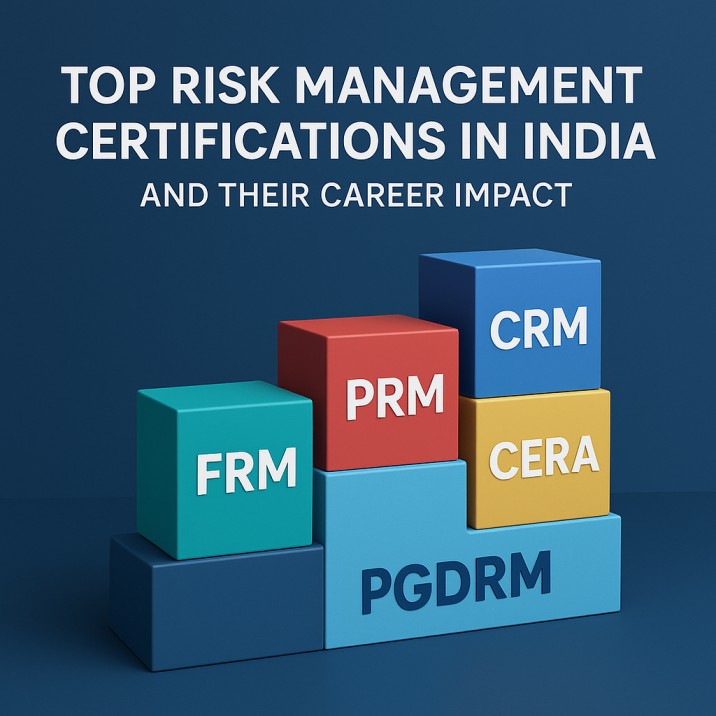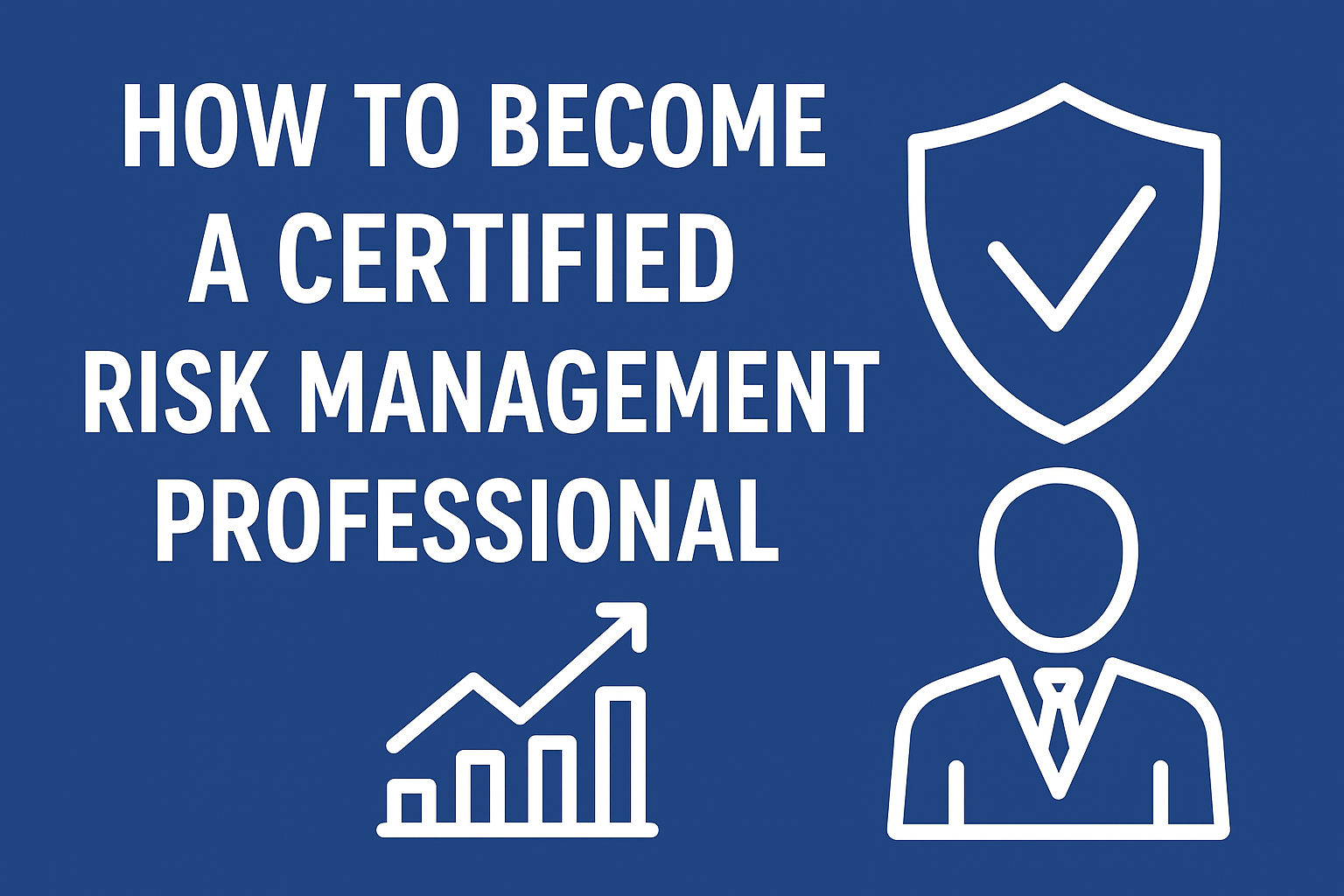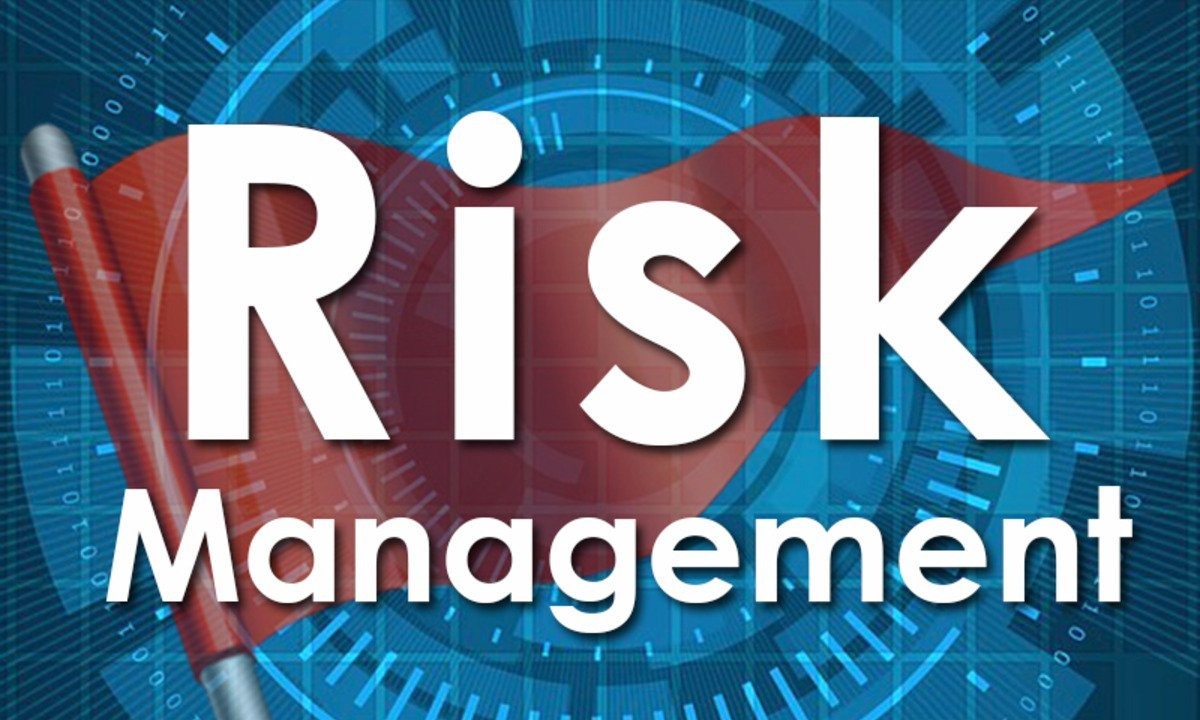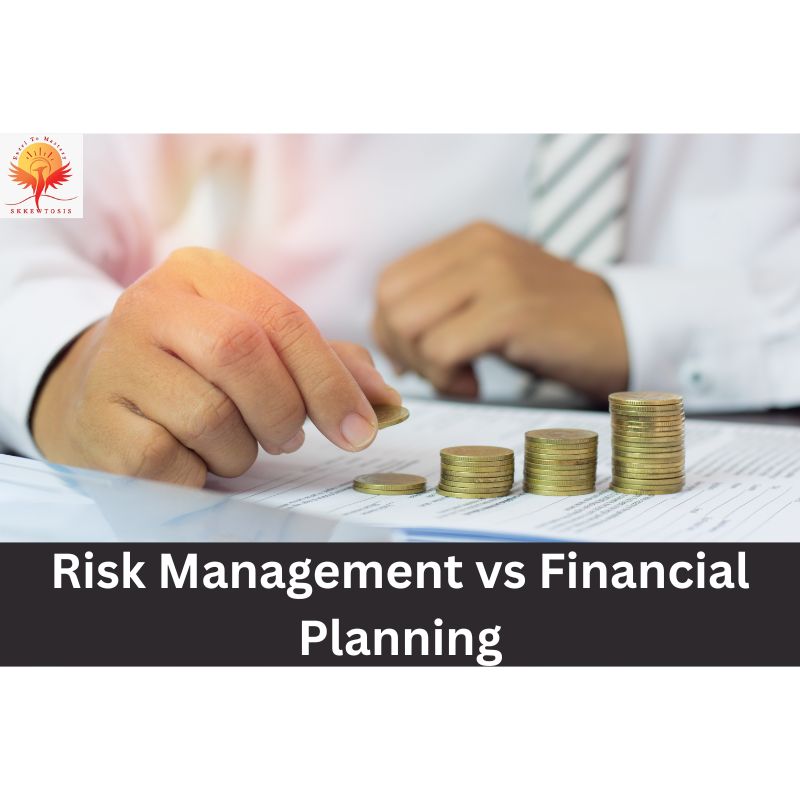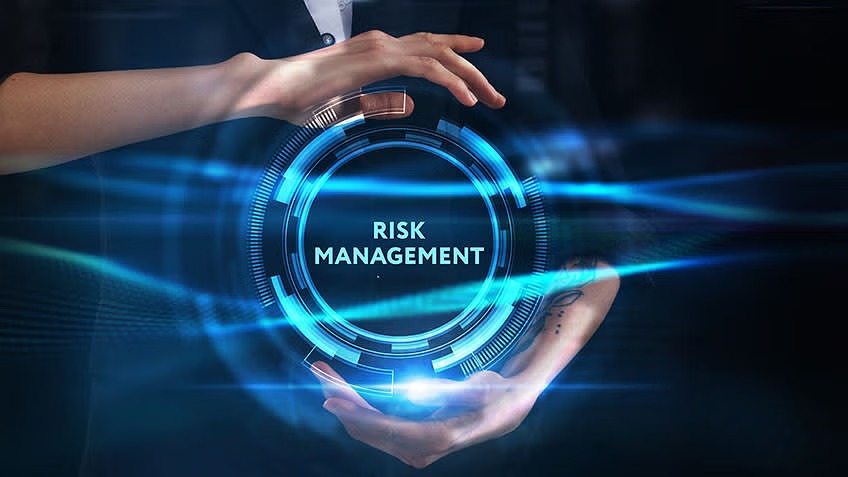In the world of finance, market risk management is essential for ensuring that an institution's capital is safeguarded against unpredictable market changes. With the introduction of Artificial Intelligence (AI) and Machine Learning (ML), traditional methods of assessing risk are being replaced, or at the very least, enhanced, with intelligent systems that can process enormous amounts of data in real time, identify anomalies, and predict market shifts with greater accuracy.
What is Market Risk Management?
In its most basic form, market risk management, involves identification, assessment, and mitigation of market risk as it pertains to the likelihood of incurring losses as a result of fluctuations in relevant market factors, interest rates, stock prices, exchange rates, and the prices of relevant commodities. Traditionally, this has been done using statistical models and human analysis. However, as a consequence of static assumptions and slower data processing, these methods are often inadequate.
The Importance of AI and ML in Risk Management
The management of market risk is being transformed with the use of AI and ML. Here’s how:
1. Risk Assessment in Real Time
Global markets can be monitored and data processed with real time machine learning algorithms. This improves the speed of decision-making and enables better risk management and hedging.
2. Analytics Predictive
Machine learning models leveraging AI can make predictions based on historical data and can identify potential market shocks, therefore enabling proactive risk management.
3. Recognizing Behavioral Patterns
Machine learning models are trained to recognize trader behavior and market sentiment to detect early warning signs of irrational activities and fraud which allow for early risk interventions.
4. Stress Testing Automation
Extreme portfolio risk tests can be conducted with AI. The simulation of thousands of market scenarios surpasses traditional methods of testing resilience in portfolios.
5. Risk of Market Anomaly Automation
Machine learning models can oversee large data sets which issue early warnings for unforeseen changes or concealed fluctuations. This is effective in the area of market risk.
Advantages of AI in Market Risk Management
-
Increased Accuracy: AI models are able to adjust to the changes in the market and learn over time.
-
Speed: Market participants can respond promptly due to the analysis of real-time data.
-
Scalability: in the case of machine learning (ML), it can smoothly manage the increase in the volume of intricate data.
-
Cost Efficiency: Reduced operational costs can be achieved through automation of reporting and compliance tasks.
Challenges and Considerations
There are several issues to address such as :
-
Model Risk: AI can be overly relied on if proper model validation isn't in place, leading to new risks.
-
Compliance Regulations: Explanability and transparency for audit and compliance are must.
-
Data Quality: AI algorithms incorporated on ineffective data are bound to worst case erroneous outcomes.
Risk Management in the Future
Adjusting risk frameworks to incorporate AI and machine learning might not be optional, but a requisite. Financial institutions leveraging AI to manage risks would provide them a competitive advantage due to increased agility, insight, and preparedness. Such growing relevance of technology in finance is one of the many reasons a
Risk Management Course is being offered by many institutions, to help them build careers in this ever evolving industry.
FAQs
Q1. What is the difference between AI and Machine Learning in risk management?
AI refers to the implementation of cognitive functions in numarical processing systems and machines, and ML is recognized as the branch of AI that make systems adaptive via experience and modification of data input under defined rules.
Q2. In what ways do ML models train in the context of the financial markets?
ML models train on historical and current financial datasets, identifying patterns, relationships, and discrepancies for predictive or classificatory purposes.
Q3. Is the role of an analyst able to be substituted entirely by AI?
No, the role of an analyst cannot be substituted entirely by AI since AI acts as a decision-making aid in conjunction with human judgment, which is required in nuanced and ethical contexts.
Q4. Is the cost of managing risk with AI technology too high?
The answer hinges on one’s understanding of high. While the return on investment is nearly always immediate, long-term savings united with AI technologies automation and improved risk governance can make the initial financial outlay seem minimal.
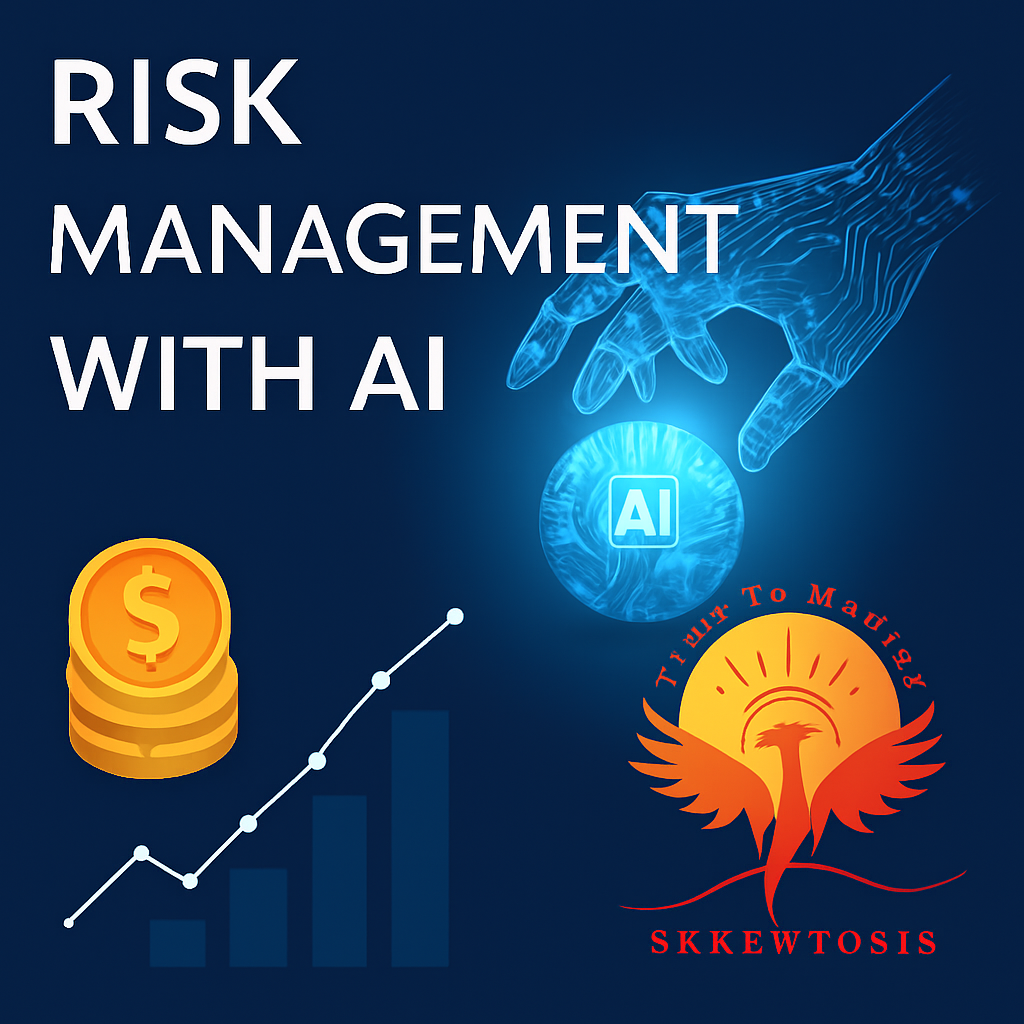

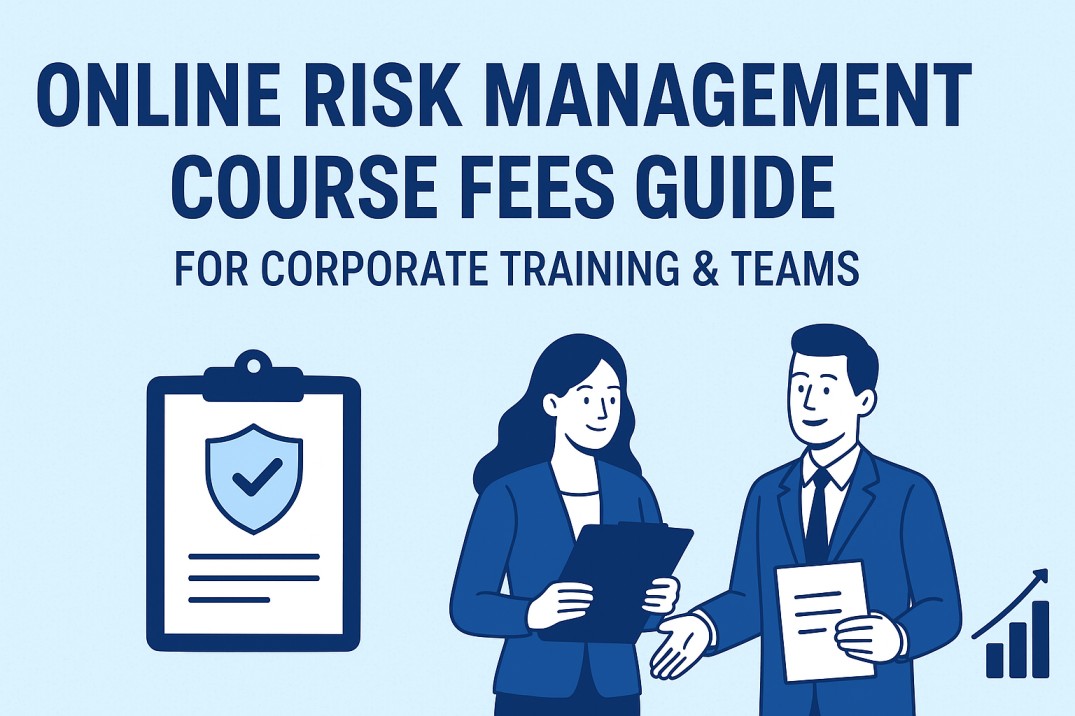



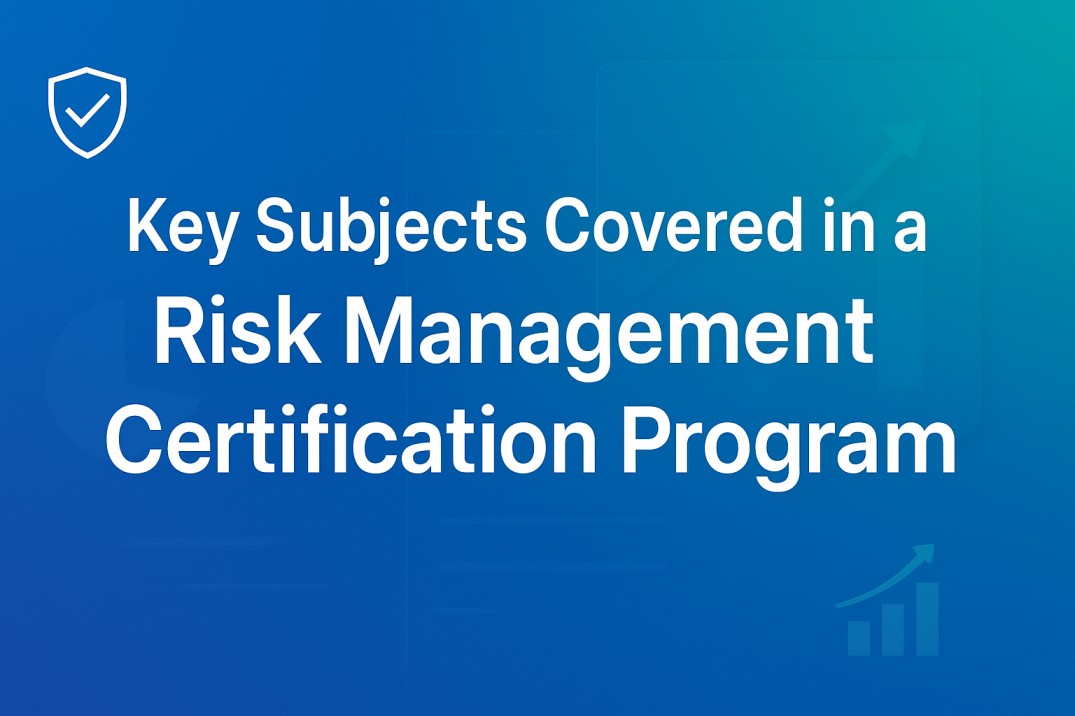
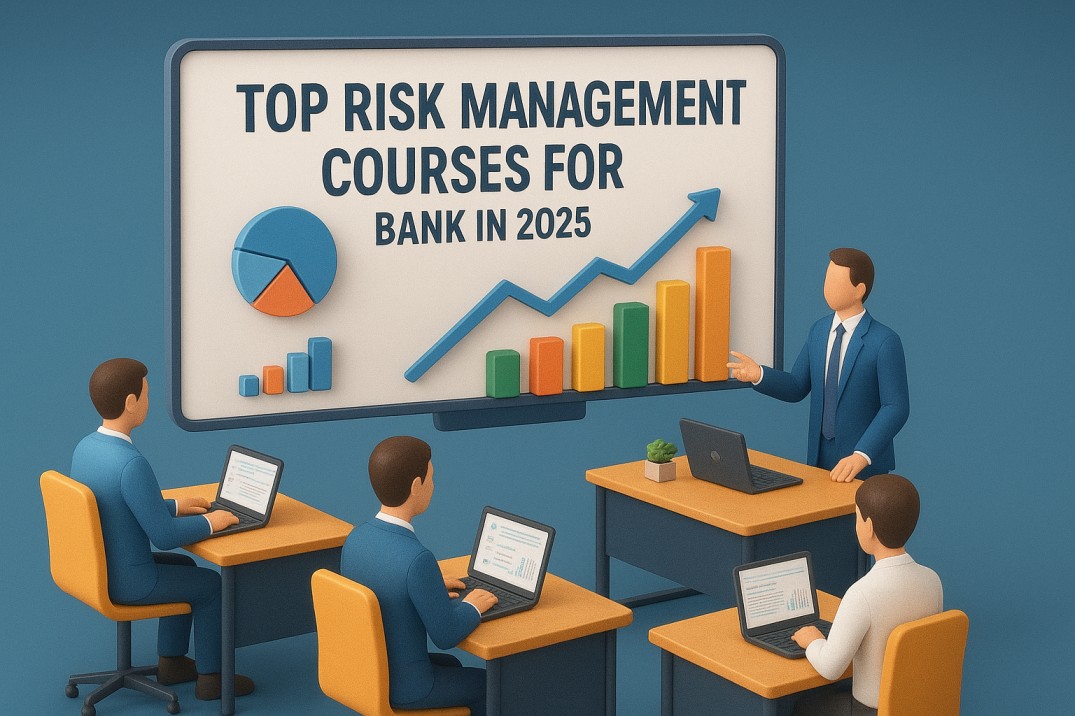
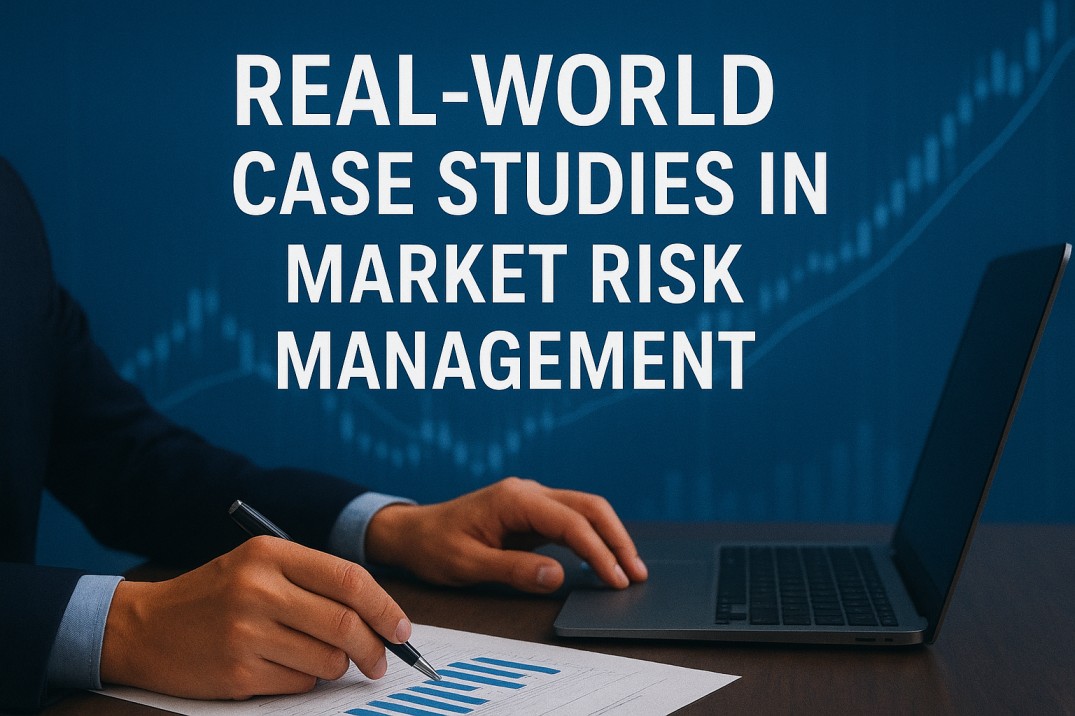

.jpg)
.jpg)
.jpg)
.jpg)
.jpg)
